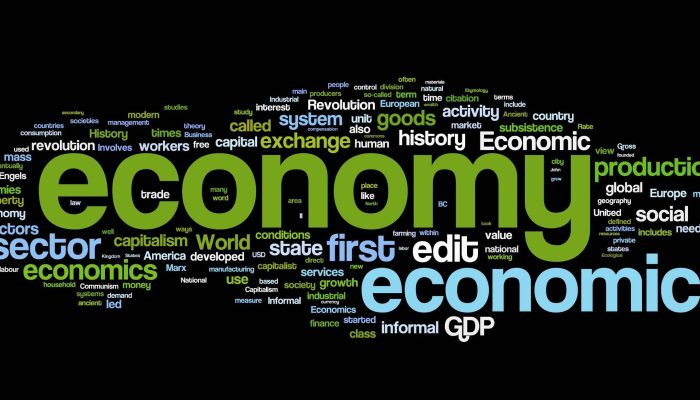How My Career Shaped My Views On The Global Economy

Posted January 24, 2016
In the new Macro Watch video uploaded today, I describe how my 30-year career in the investment industry has shaped my views on what drives the global economy and the financial markets.
There have been several important “aha” moments:
- Soon after I began my career in Hong Kong in 1986, I realized that ultra-low wages in the developing world would inevitably lead to large and destabilizing US trade deficits and deflationary pressures so long as free trade lasted.
- My education in Bubblenomics came in Thailand during the first half of the 1990s when I watched foreign capital inflows finance the very rapid credit growth that blew Thailand into an economic bubble.
- In the late 1990s I learned that, under the Gold Standard and the Bretton Woods System, there had been an automatic adjustment mechanism that ensured that trade between nations balanced. That provided the clue that explained how the global economy had become destabilized once that mechanism ceased to function in the post-Bretton Woods world.
- While working at the World Bank from 1998 to 2000, I learned how little the IMF and the World Bank understood about the causes of the Asia Crisis.
- While writing The Dollar Crisis in 2002, I realized that central banks accumulated Foreign Exchange reserves by “printing” fiat money and that they were doing that on a trillion dollar scale that far exceeded anything that had ever come before. The US trade deficits combined with the fiat money created by the central banks of the trade surplus countries blew the global economy into the giant credit bubble that nearly imploded into a new great depression in 2008.
- In 2010 I came to the conclusion that there is no longer any difference between Money and Credit. When I started plotting credit growth vs. GDP growth, I found that Credit Growth Drives Economic Growth. That understanding made it much easier to forecast economic growth. It was also the theme of my third book, The New Depression.
- Around the same time, I rejected the Austrian Economics policy recommendation that the government should not intervene in the crisis and simply allow the Bubble to implode. Evidence demonstrated that the bust might not be inevitable. So I began offering policy recommendations on how best to avoid collapse.
- Finally, in 2015, it became clear that Quantitative Easing is effectively the same thing as debt cancelation (as I explained in a MW video last February). That realization has very important policy implications. In short, the more QE the better.
Ultimately, all of these experiences led me to the framework that I now use in Macro Watch to understand the forces driving the global economy and the financial markets. That framework is based on my belief that credit growth drives economic growth, liquidity determines the direction of asset prices and the government attempts to control both credit growth and liquidity to make sure the economy doesn’t collapse.
I believe this video will clarify how I came to these conclusions and also, hopefully, help persuade viewers of their validity.
If you have subscribed to Macro Watch, log in and watch this 30-minute video now. There you will find 37 (downloadable) slides with all the details.
If you have not yet subscribed, click on the following link:
http://www.richardduncaneconomics.com/product/macro-watch/
For a 50% subscription discount worth US$250, hit the “Sign Up Now” tab (ignore the “$500 / year”) and, when prompted, use the coupon code: views
You will find more than 21 hours of Macro Watch videos available to watch immediately. A new video will be added approximately every two weeks.


No comments have been made yet.